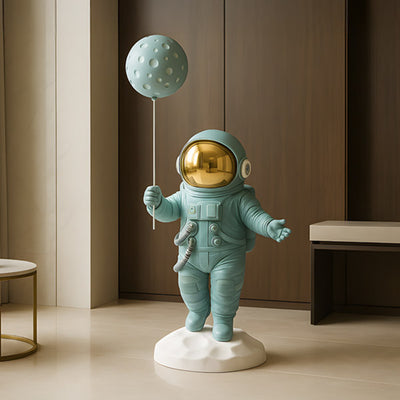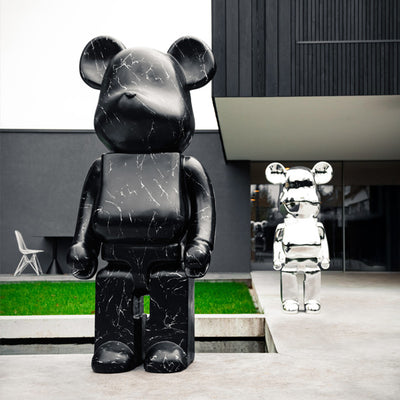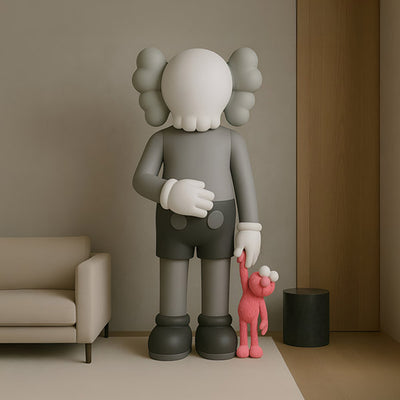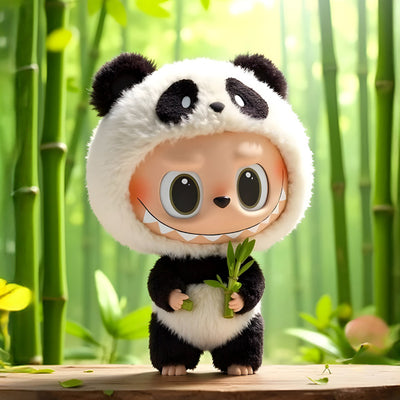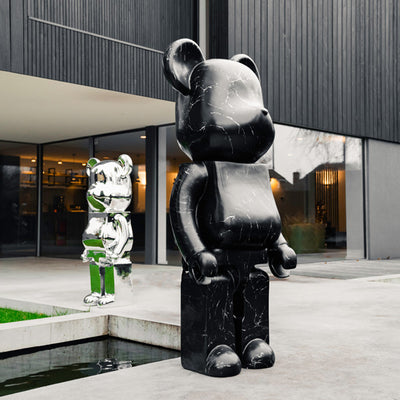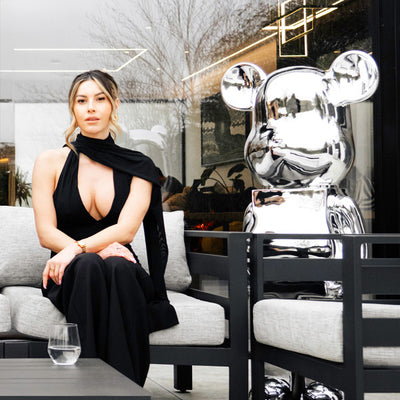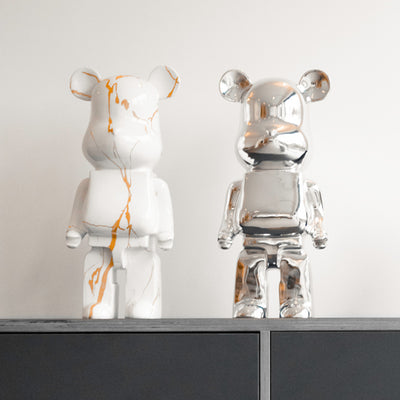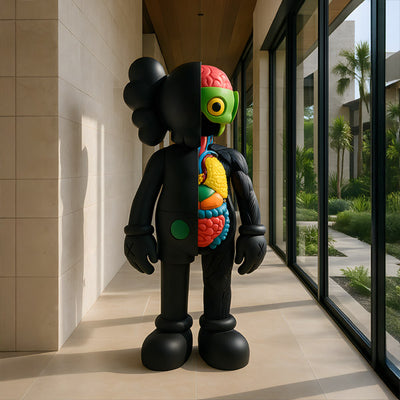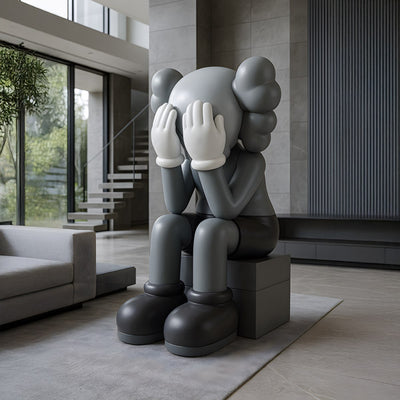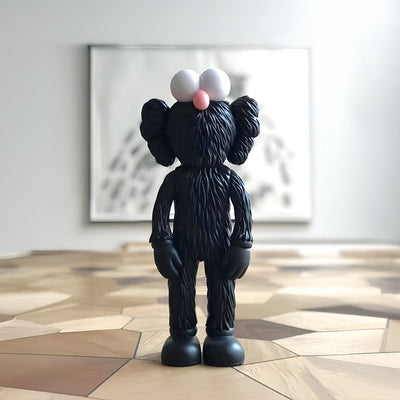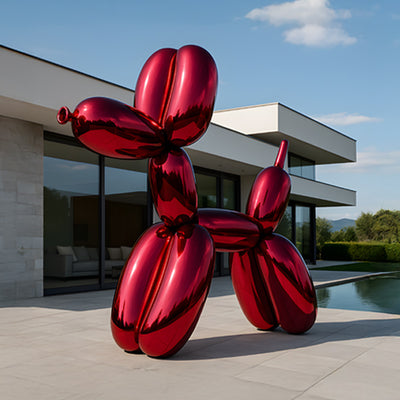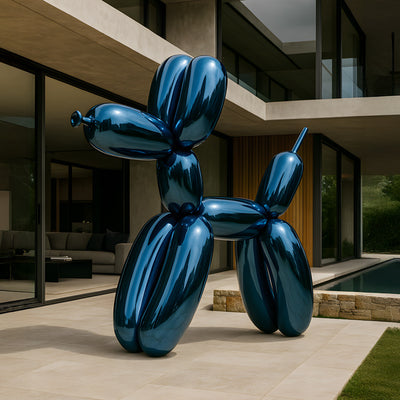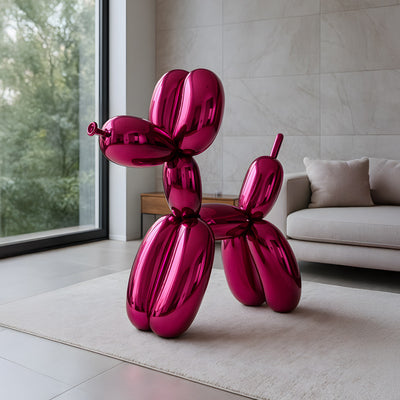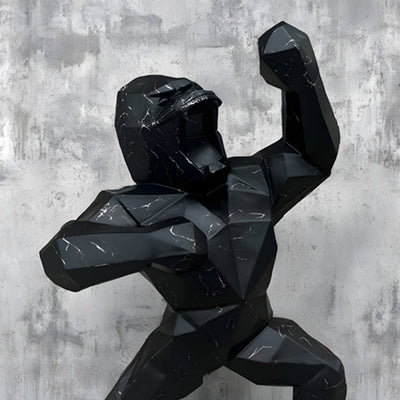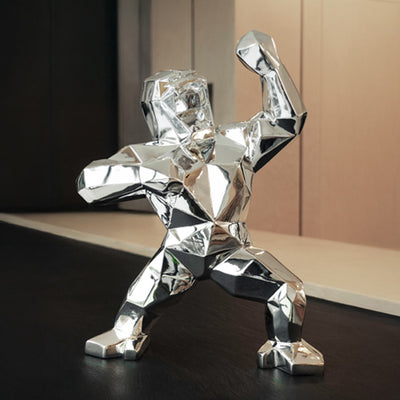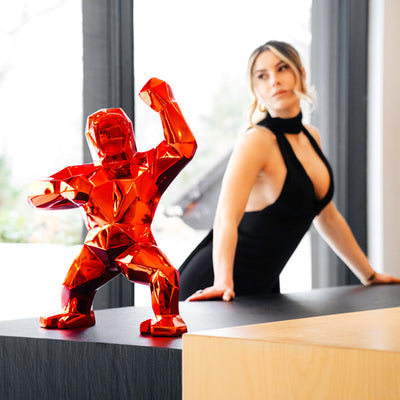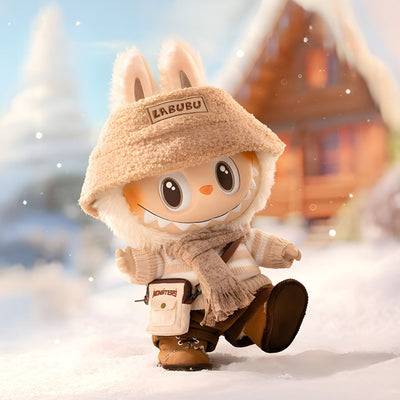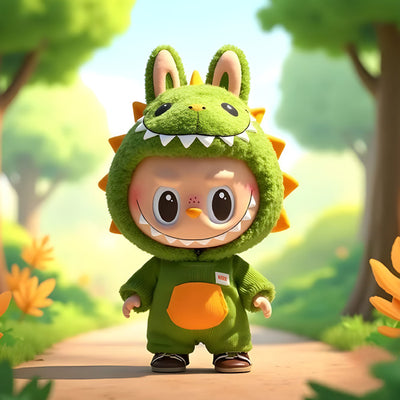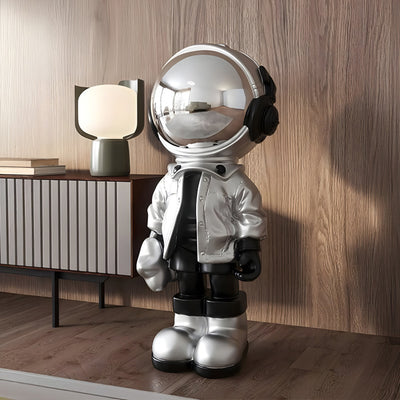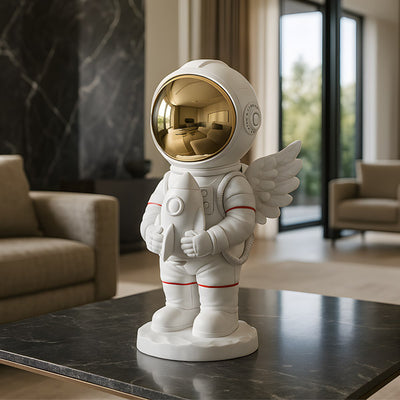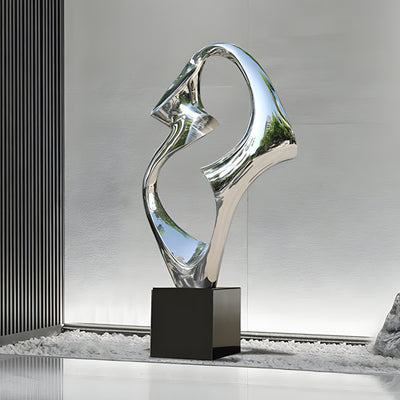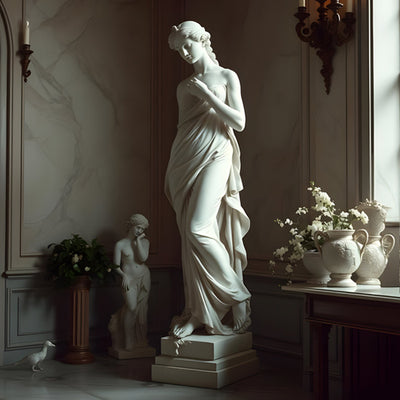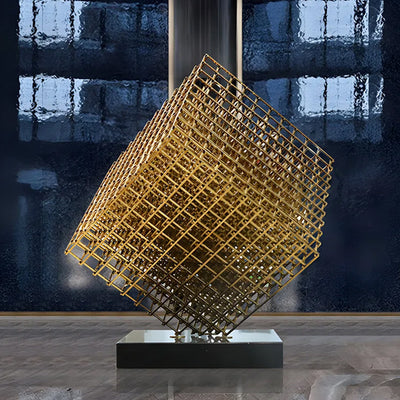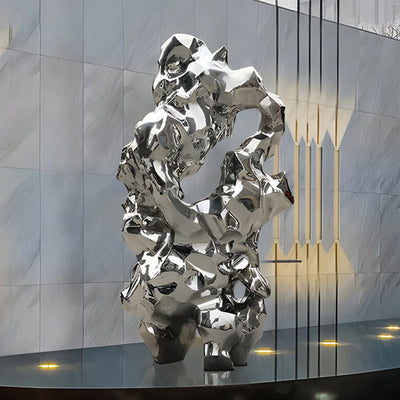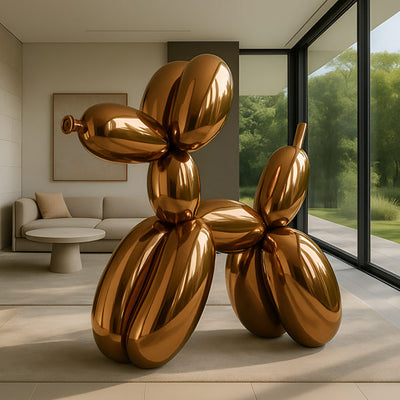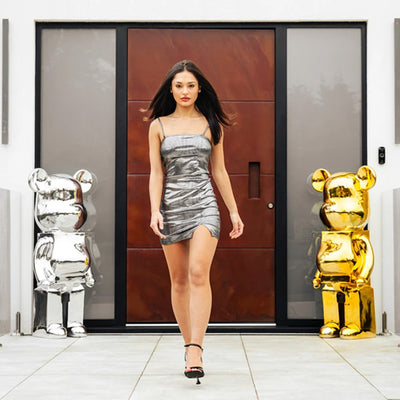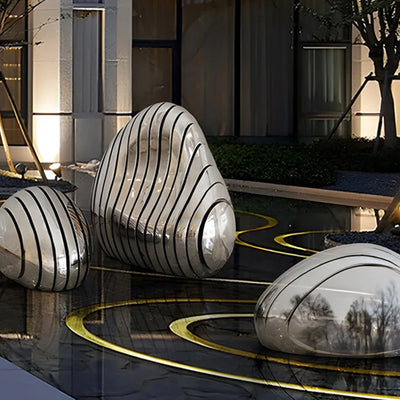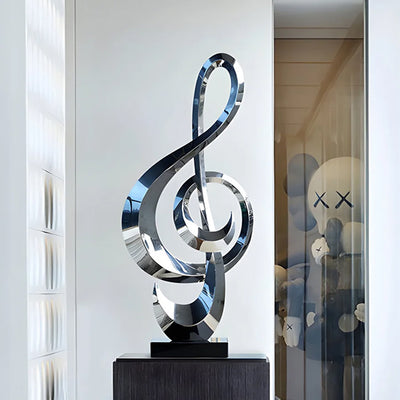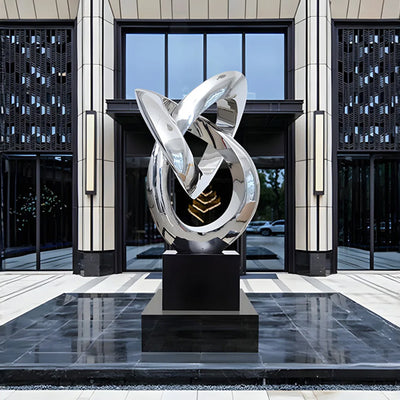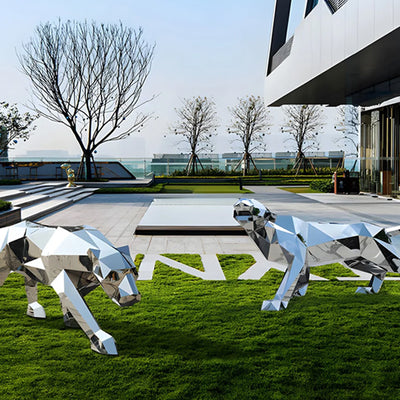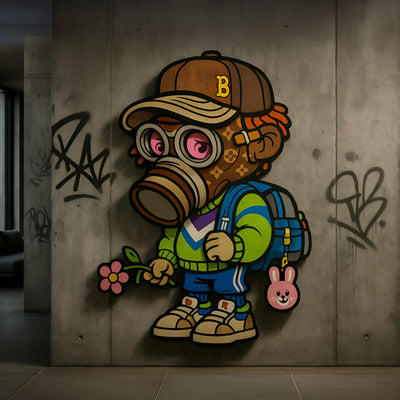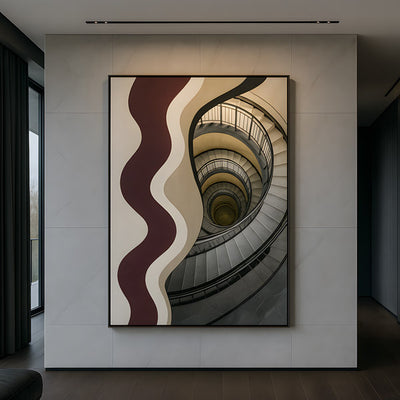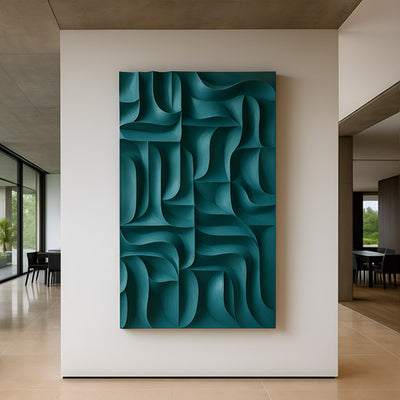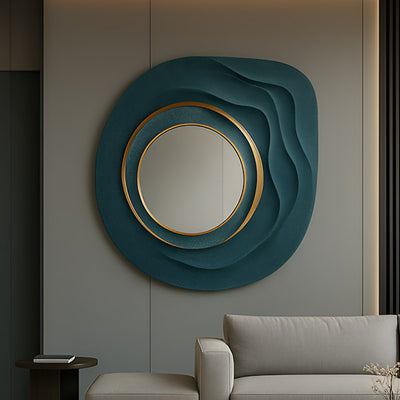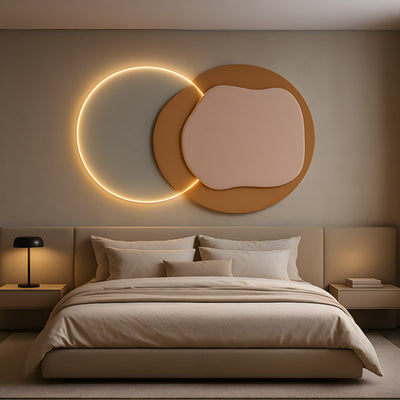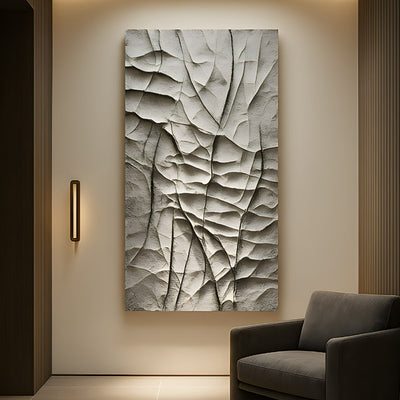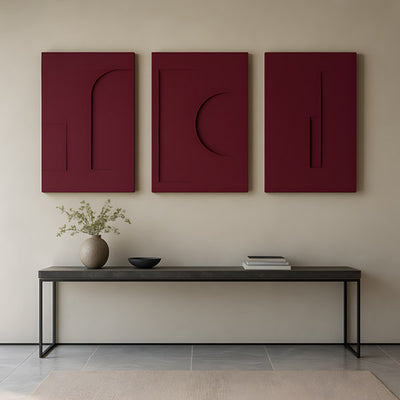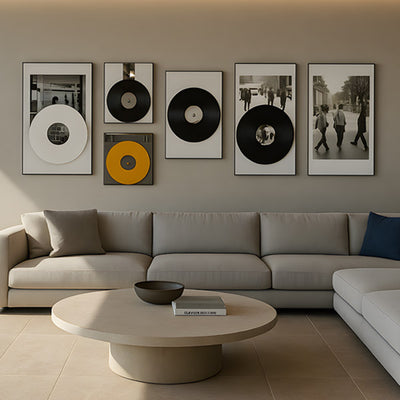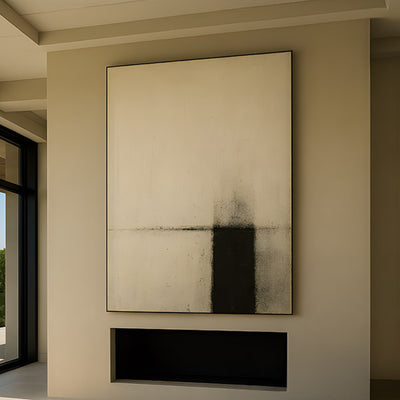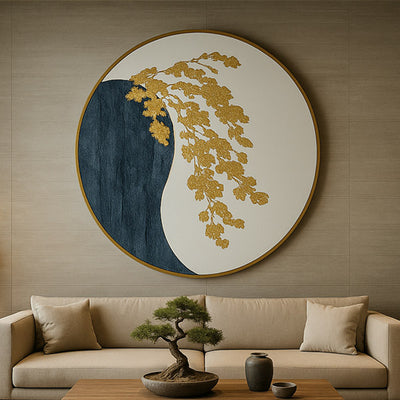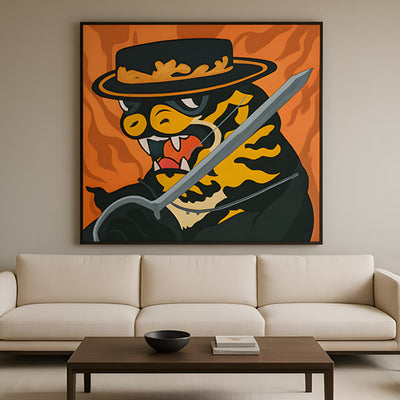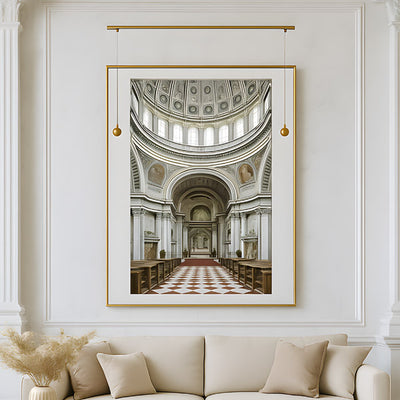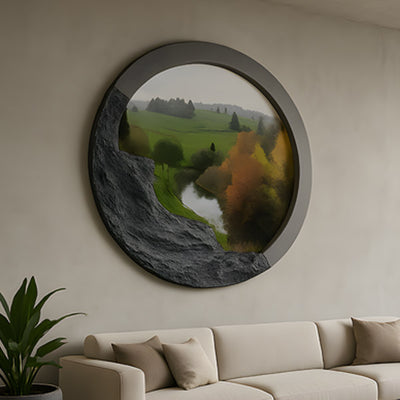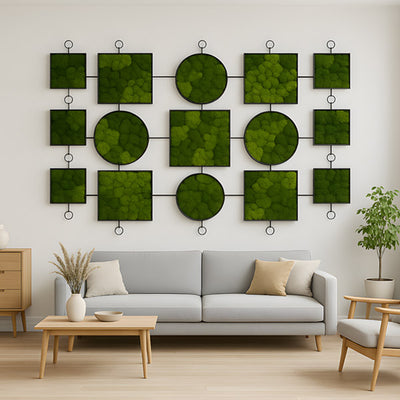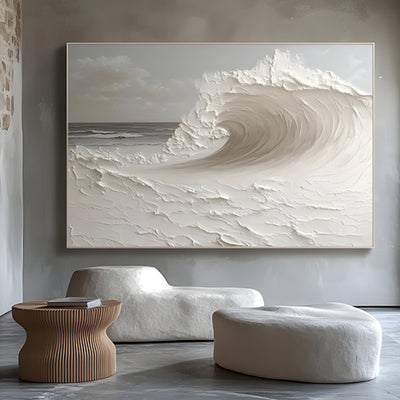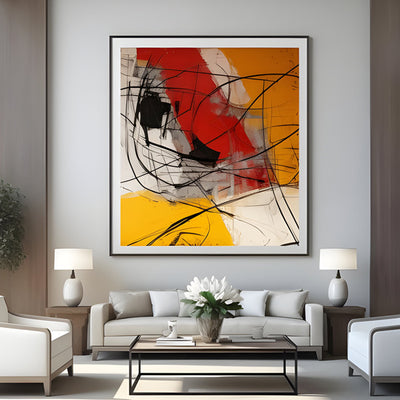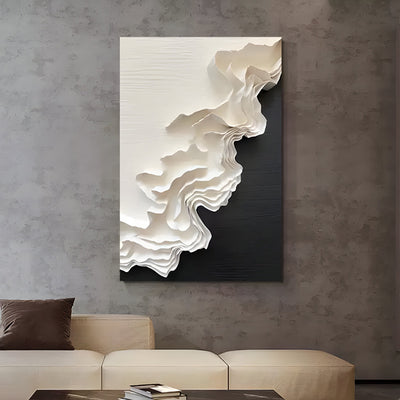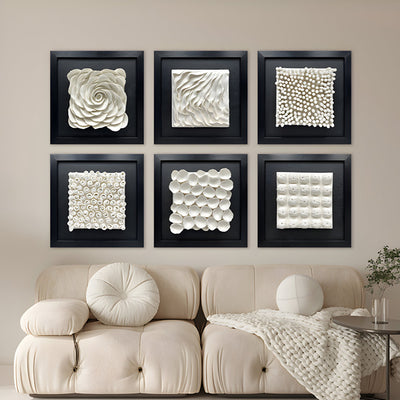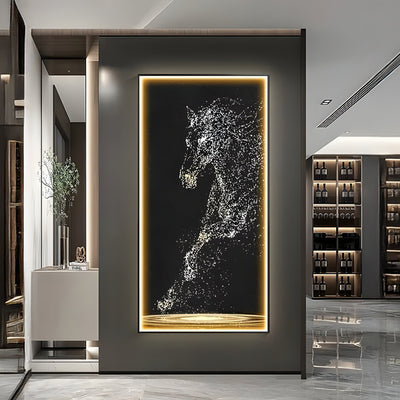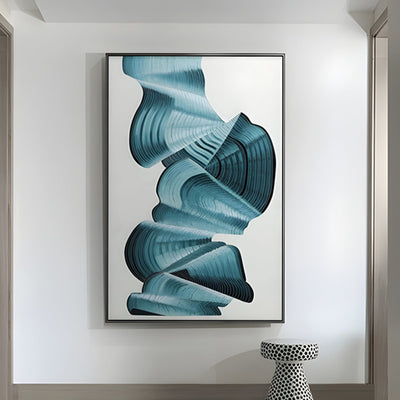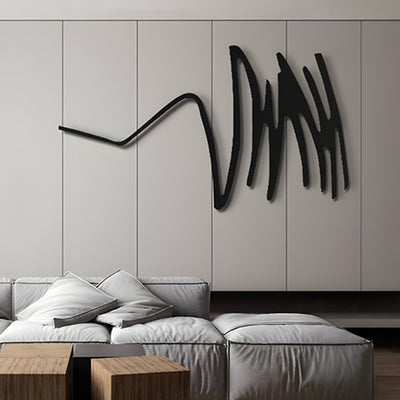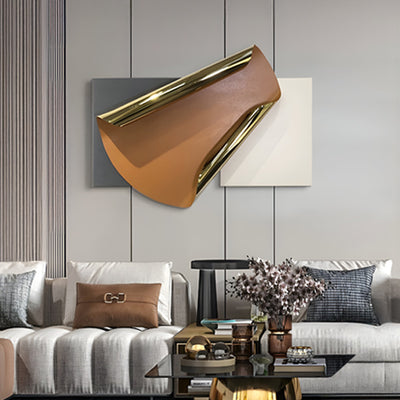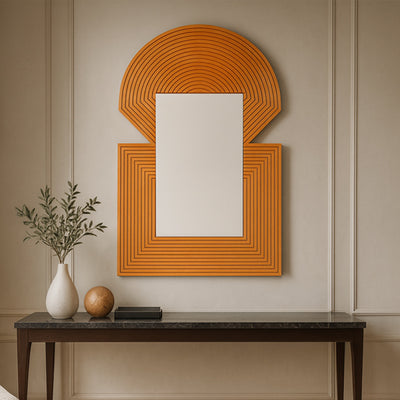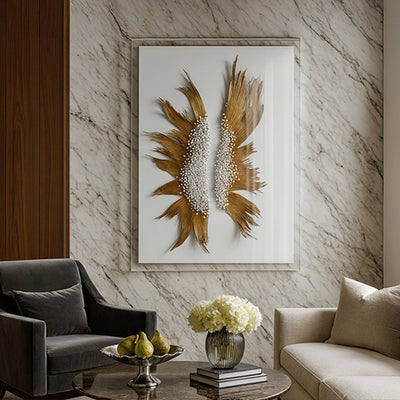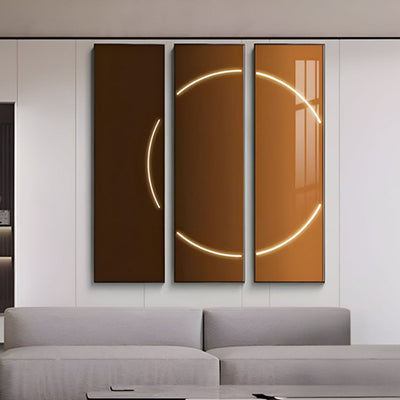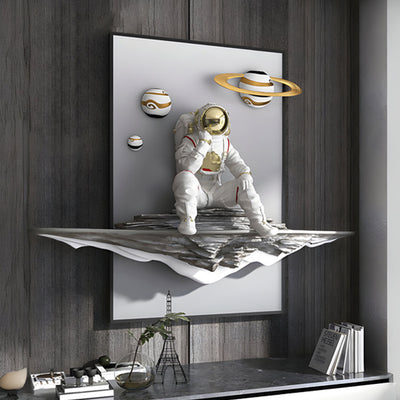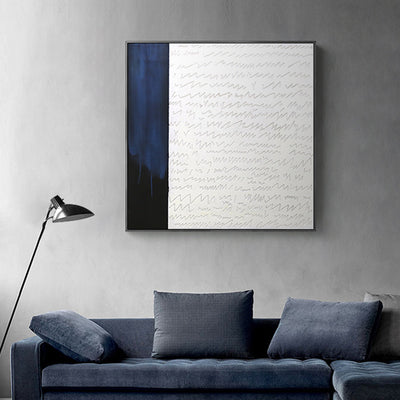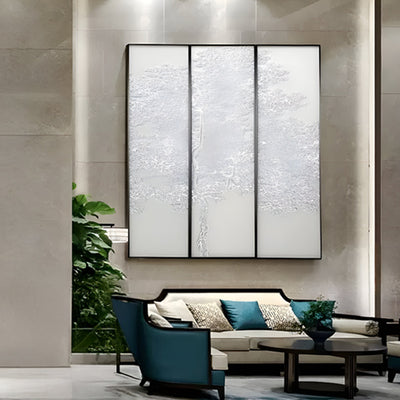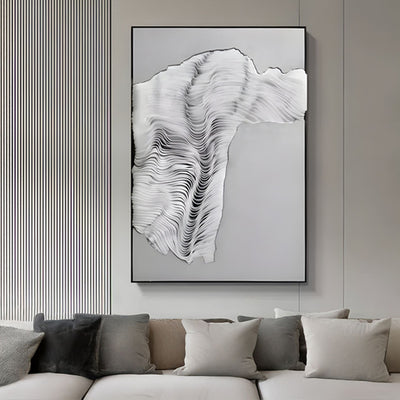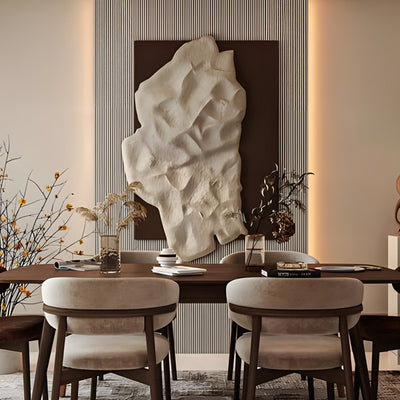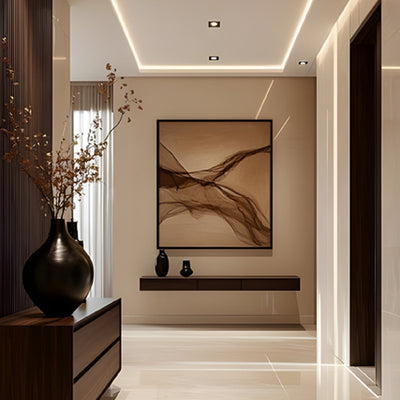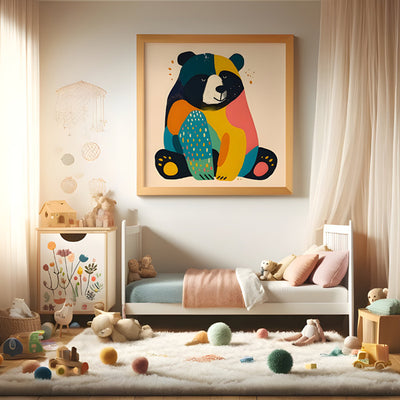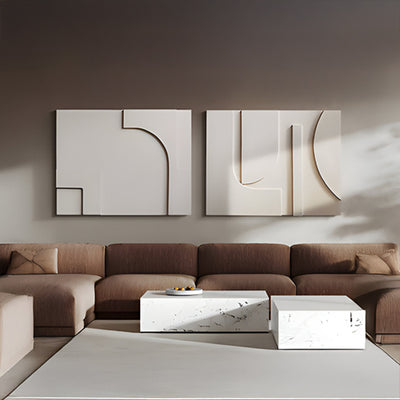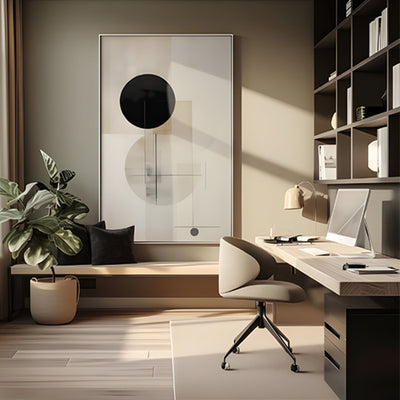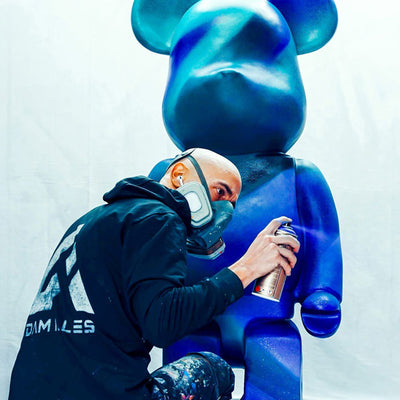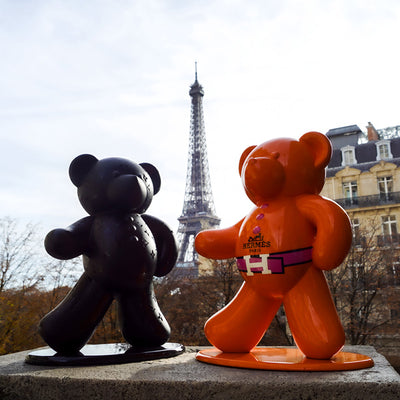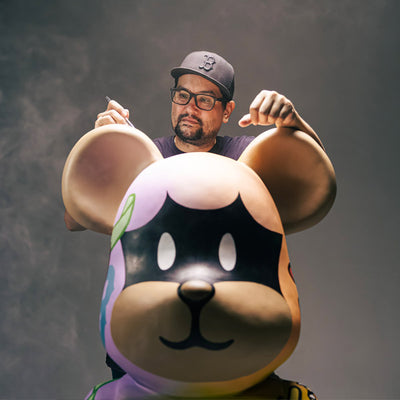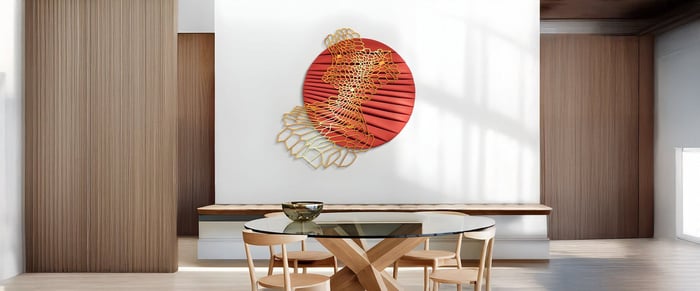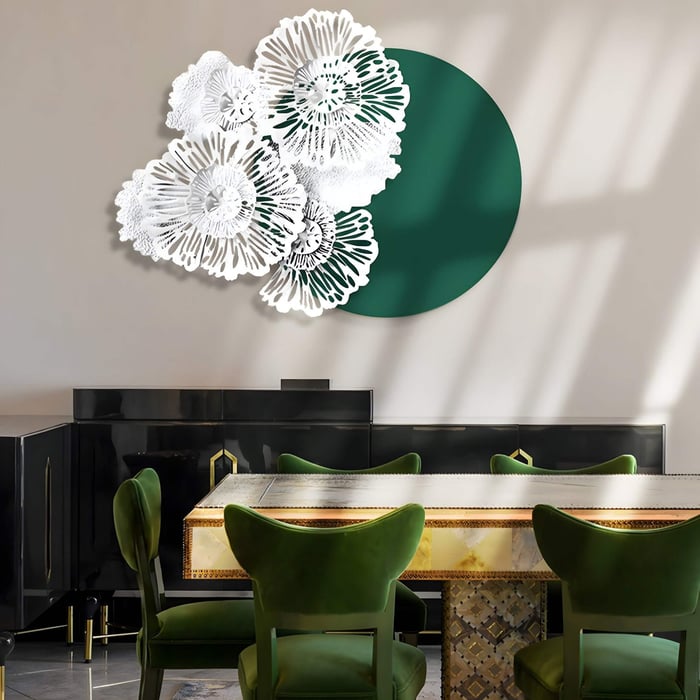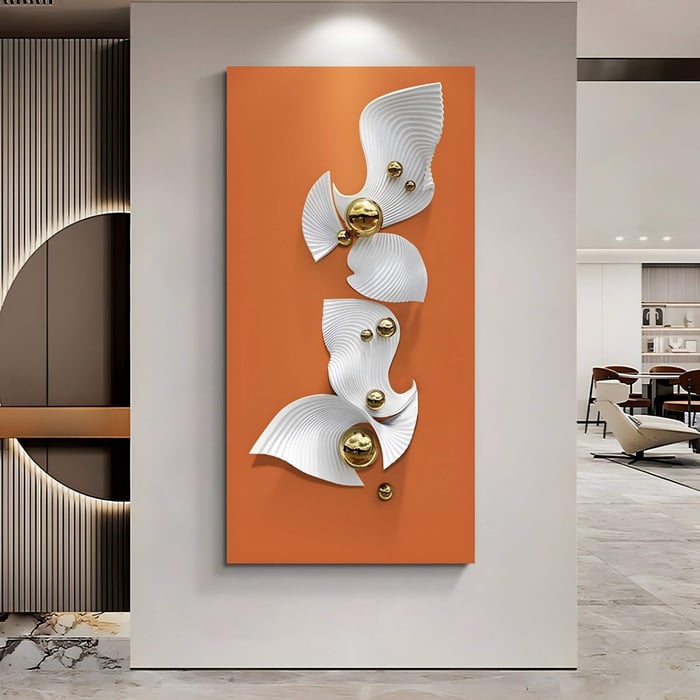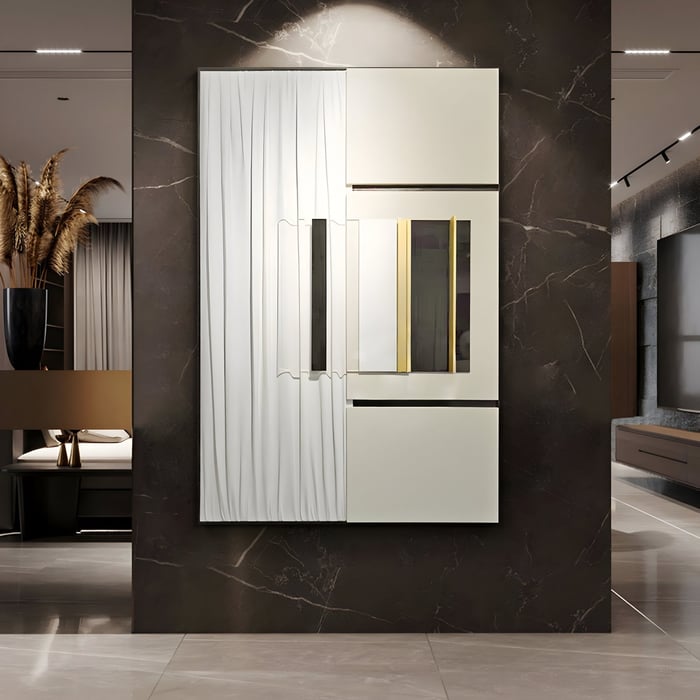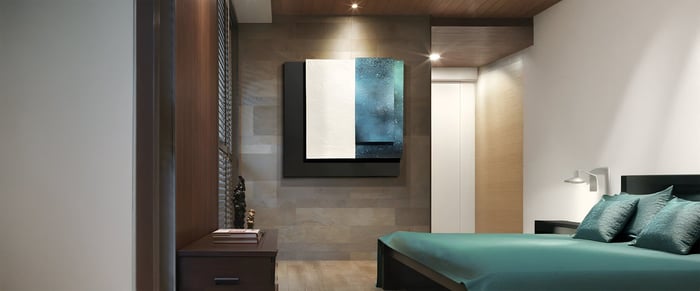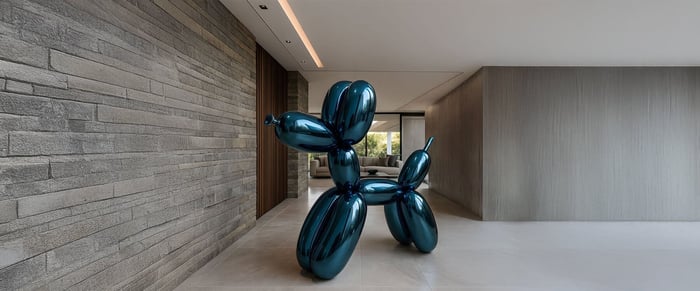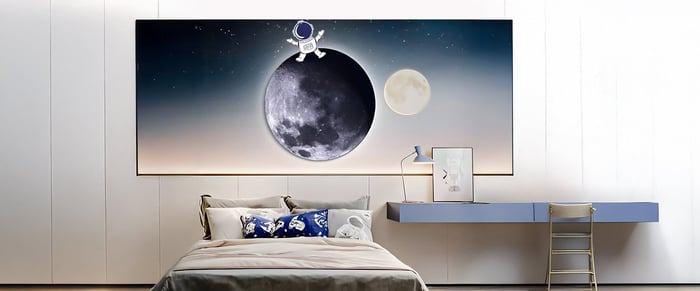Introduction
Leather art offers a rare blend of tradition, craftsmanship, and luxury, creating pieces that tell a story far beyond their surface. Collectors are increasingly drawn to this unique art form for its richness in texture, timeless aesthetic, and investment potential. As modern tastes evolve, leather art is securing its place as a cornerstone of sophisticated wall décor. In this guide, we will explore how to identify quality pieces, care for your collection, and understand the innovations shaping the future of this exquisite medium.
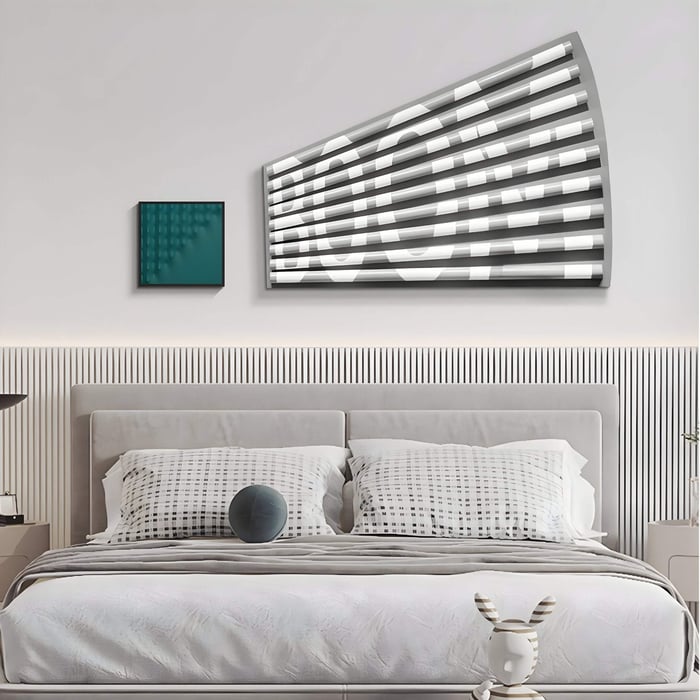
Why Leather Art Is a Collector’s Treasure
Throughout history, leather has served both functional and artistic purposes. Ancient civilizations valued it for its versatility, creating everything from armor to intricate decorative works. Today, leather art stands as a testament to enduring craftsmanship that transcends fleeting trends.
Compared to more common options like canvas art, sandstone art, and wood art, leather brings a tactile richness and visual depth unmatched by other materials. While canvas offers bold colors and sandstone conveys an earthy feel, artworks crafted from leather introduce a warmth and sophistication ideal for upscale interiors. Similarly, wood art evokes natural charm, but leather’s flexibility allows for an even greater variety of textures, finishes, and artistic expressions.
This rare combination of beauty and resilience positions leather art as a prized investment for serious collectors seeking more than just decoration.
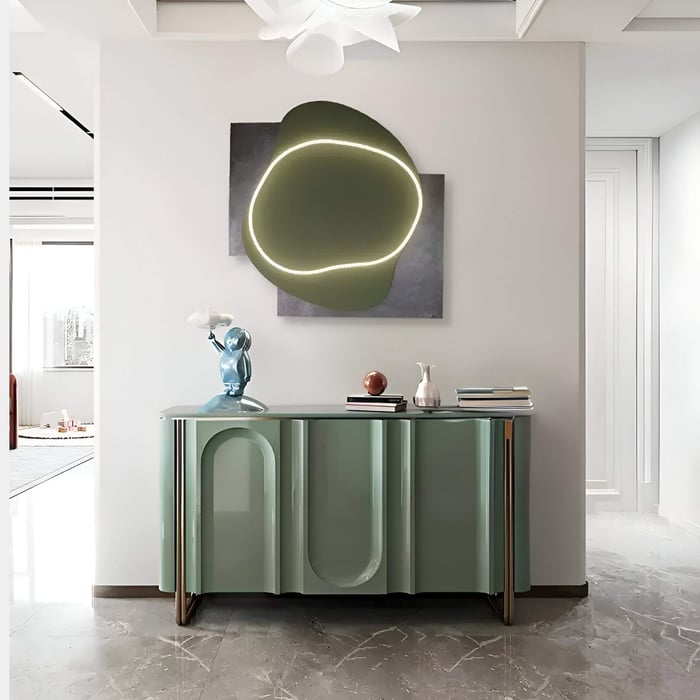
How to Identify High-Quality Leather Art
The Role of Craftsmanship and Materials
Exceptional pieces begin with exceptional materials. Genuine leather, especially full-grain or top-grain varieties, is a hallmark of investment-grade wall decor. These premium types develop a beautiful patina over time, unlike synthetic alternatives that often crack or peel.
When evaluating leather wall art, pay attention to details. Precision in tooling, even dye absorption, and finely finished edges all indicate skilled craftsmanship. Artworks featuring hand-tooled patterns, intricate embossing, or natural vegetable-dyed finishes demonstrate a level of artistry that sets valuable pieces apart.
Material choice matters immensely. Authentic leather sourced responsibly ensures that the piece not only endures but also grows richer in character as it ages.
Design and Artistic Value
The true value of leather art extends beyond materials; artistic innovation plays a crucial role. Look for original compositions that offer depth, storytelling, or a unique perspective.
Modern trends include abstract panels and minimalist designs, where texture and form take center stage. Some artists merge traditional motifs with contemporary flair, creating works that bridge cultures and eras. This approach sets exceptional pieces apart from generic décor, making them more desirable and potentially more valuable over time.
When selecting pieces, inquire about the artist’s techniques and inspiration. A strong creative vision often translates to enduring artistic and financial worth.
Caring for Your Leather Art Investment
Protecting your collection is crucial to maintaining both its aesthetic beauty and long-term value. Unlike canvas art or sandstone art, leather pieces require particular attention to their surrounding environment to ensure their longevity.
Protect from Direct Sunlight
First and foremost, it is essential to position artworks crafted from leather away from direct sunlight. Prolonged exposure can dry out the material, cause fading, and lead to permanent damage. Ideally, display these pieces in areas where natural light is diffused or where protective UV-filtering glass can be installed.
Maintain a Stable Indoor Climate
Maintaining a consistent indoor climate is equally important. Leather is sensitive to fluctuations in humidity; too much moisture can invite mold growth, while overly dry air can cause cracking and stiffness. Aim for a relative humidity level between 40% and 55%, using humidifiers or dehumidifiers if necessary. Temperature extremes, especially from nearby heating vents, fireplaces, or air conditioning units, should be avoided to preserve the material’s natural flexibility.
Cleaning and Conditioning Best Practices
When it comes to cleaning, less is more. Use a soft, dry microfiber cloth to gently remove surface dust without scratching or wearing down the finish. For deeper maintenance, periodic conditioning is recommended, ideally once a year. Choose high-quality, pH-balanced conditioners specifically formulated for fine leather, and avoid harsh household cleaners that can strip away natural oils.
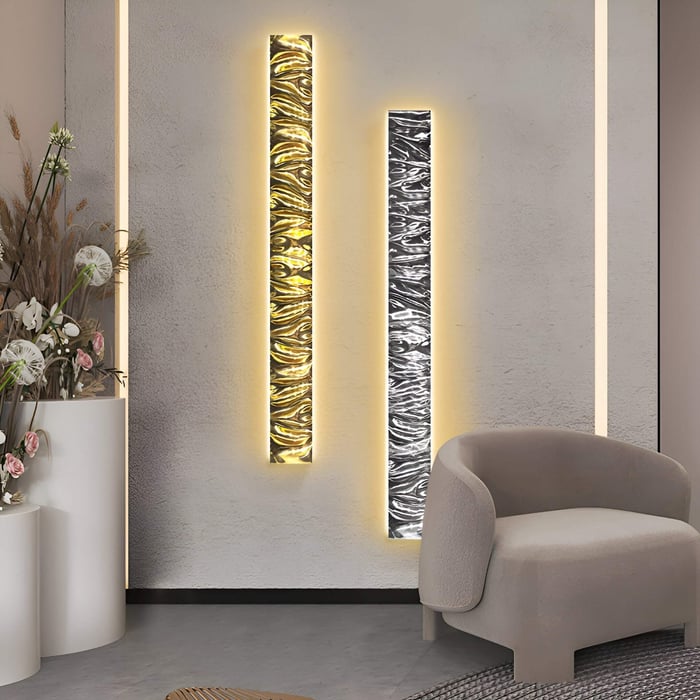
How Leather Art is Evolving: Styles, Techniques, and Innovations
Traditional Techniques Meeting Modern Design
One of the most exciting developments in the world of leather art is the fusion of ancient techniques with modern aesthetics. Artists are blending traditional hand-tooling, embossing, and dyeing methods with contemporary design principles like minimalism and abstraction.
This evolution allows leather pieces to compete aesthetically with popular canvas art, sandstone art, and wood art found in modern homes. Yet, leather's tactile appeal and textural complexity give it a distinctive edge, offering a sensory experience that few other materials can replicate.
As demand grows, collectors have access to a broader range of styles, each merging historical craftsmanship with modern sophistication.
Advancements in Techniques and Contemporary Materials
Modern leather artisans are pushing the boundaries of traditional craftsmanship by experimenting with new techniques and materials. Innovations in dyeing methods, textural treatments, and mixed media integration have expanded the creative possibilities far beyond classic tooling and embossing.
Artists today are combining leather with materials like metals, glass, and textiles to create dynamic, multidimensional pieces that offer both visual and tactile richness. This blending of disciplines produces artworks that appeal to collectors seeking originality and complexity in their collections.
New surface treatments, including metallic finishes, distressed textures, and layered patinas, are adding fresh visual depth to contemporary pieces. These advancements allow leather artworks to hold their own alongside cutting-edge canvas art, sandstone art, and wood art, making them highly desirable for modern interiors.
For collectors, embracing these innovative designs means acquiring pieces that not only respect traditional skills but also reflect the bold evolution of artistic expression in today's global art scene.
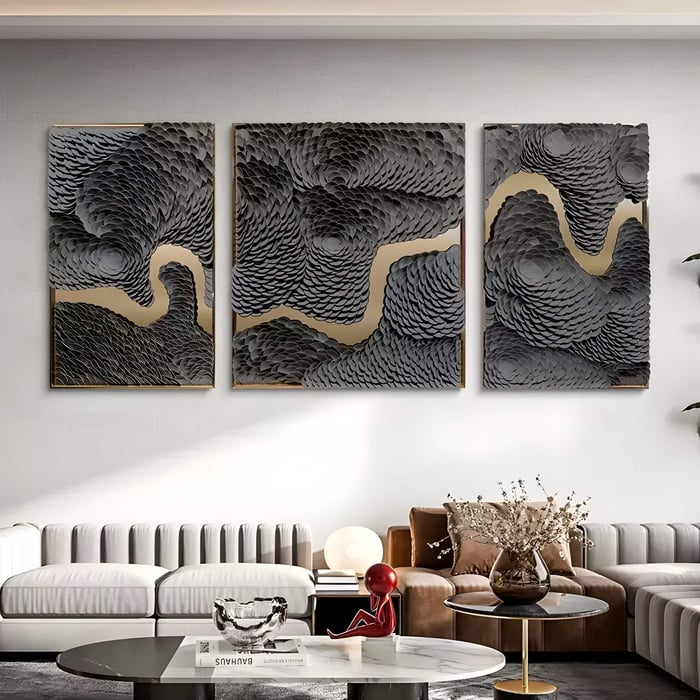
Conclusion
Understanding how to identify quality materials, maintain their pristine condition, and stay attuned to evolving styles empowers you to make thoughtful, rewarding acquisitions. A carefully curated collection becomes more than just a visual statement, it becomes a testament to your commitment to artistry and heritage.
If you're ready to enrich your living or working space with timeless elegance, we invite you to explore our carefully selected collections of handcrafted works. Each piece offers a unique opportunity to elevate your environment and invest in enduring beauty.
